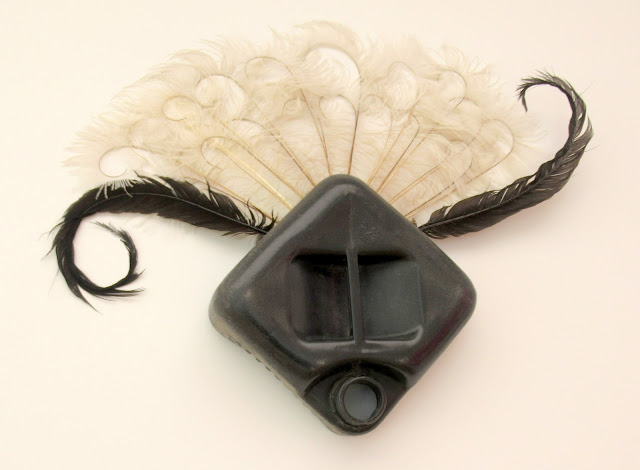Romuald Hazoume - Les Fleurs Du Mal at the Gagosian gallery, Athens.
Working across numerous mediums, Hazoume engages with the postcolonial legacies and contemporary realities that define his native Benin. He transforms discarded industrial objects into anthropomorphic sculptures.
The incisive visual reconfigurations of these works are complemented by the wordplay of the title of the exhibition. The exhibitions's title, Les Fleus du Male, hinges on the distinction between mal (evil - alluding to Charles Baudelaire's 1847 volume of poetry, Les Fleur du Mal) and male (male). Hazoume remarks: 'Many of the problems in the world today are created by men. The wars and current conflicts are caused by men who do harm to their people. And we are supposed to agree with them, to consider their insults and their bombs as flowers. But they are not flowers'.
The sculptures:
Next to the entrance, a motorbike with glass containers. We could not figure out what this was but we did once we entered the gallery.
Scooters are used for trafficking contraband gasoline from neighbouring Nigeria, and this is an economic necessity in Benin. The artist has repurposed this scooter and transformed it, welding on additional metal elements and large glass dame-jeanne vessels of the sort once commonly used to store and sell fuel (since largely replaced by plastic containers). The material contrasts between the brute strength of metal and the fragility of glass serve as a metaphor for this risky trade, and more broadly for life itself.
The photographs:
The masks:
In the sculptures of singular masks, Hazoume transforms plastic containers and appliance parts into faces; nylon, fishing nets, feathers and additional materials into hair, clothing, and other markers of style and individuality. In doing so, he draws on Yoruba culture and pan-African traditions, evoking their sacred and performative significance while bringing a critical gaze to the enduring global fascination with African mask-making.
The building where the gallery is housed, is an artwork itself - just gorgeous
With some of the artworks you have to look closely - here for instance, it's a plastic water container and multi-coloured netting
The minute I saw these masks I knew I had seen them before, and I also remembered where I had seen them. So, here are some more here
The paintings:
Hazoume's paintings draw their forms from Fa - sacred symbols and systems of knowledge that have been developed over centuries by Yoruba-speaking people. Simple forms that are rich in meaning, these icons are shared by other peoples of West Africa and beyond.
Vibration, 2015
Le Son, 2015
This painting and the one above interpret sonic wavelengths of music within colourful compositions that offer vibrant contemporary interpretations of traditions that are both ancient and alive.
Home Vivant, 2009
The vertical line in the center of the painting represents a living man, standing upright.
























No comments:
Post a Comment